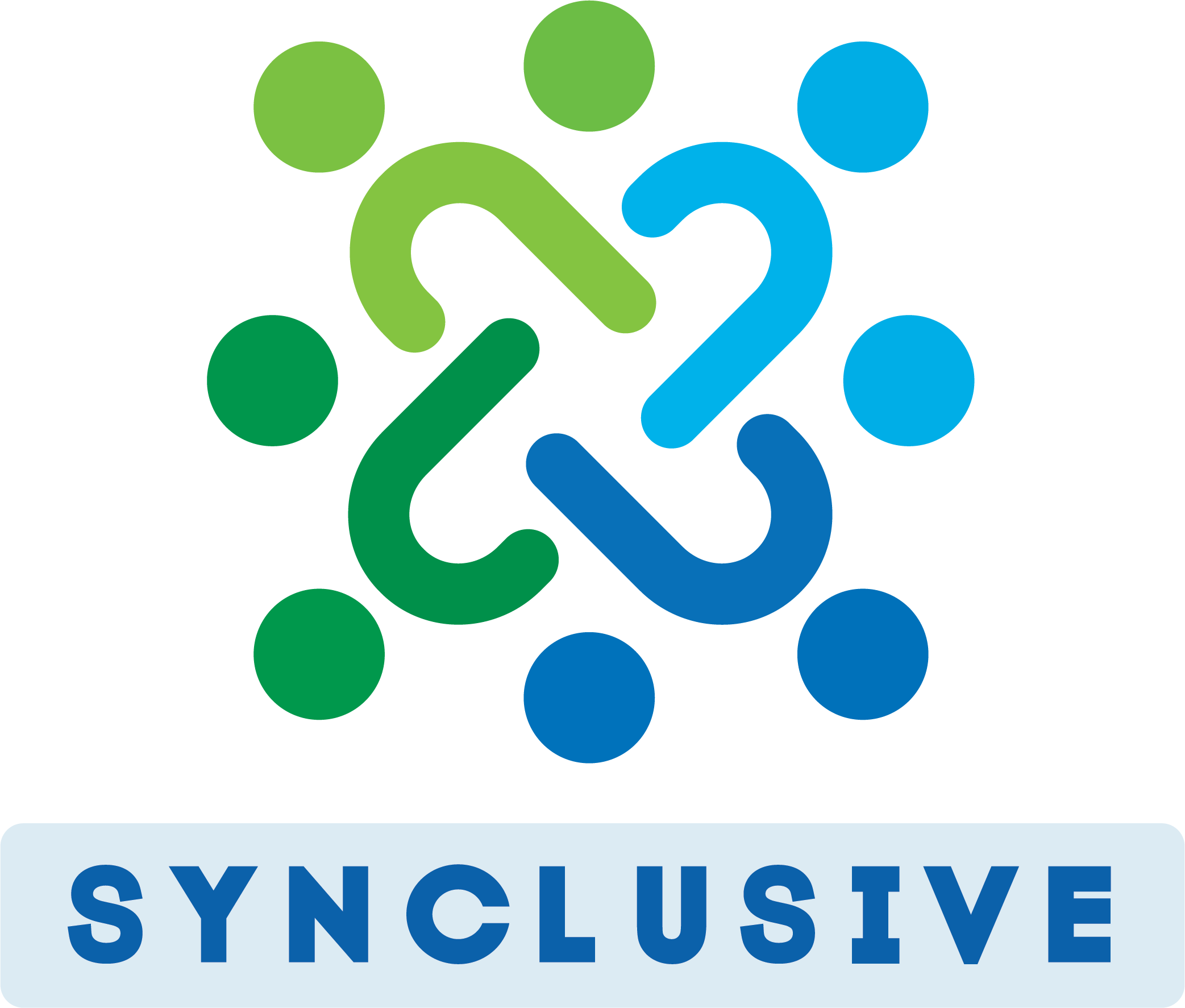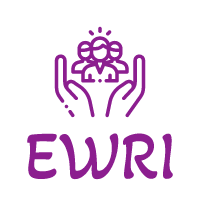Project List
This is the list of projects that are available in the system. To know more details about a project click on its title or image. You can also search for a specific project in the search box below.
Page 5
ImAFUSA focuses on quantifying a variety of understudied factors influencing societal acceptance of UAM in urban, peri-urban and inter-urban areas, especially when these are deployed using U3 and U4 services. The Project will deliver an “Impact and capacity Assessment Framework for U-space Societal Acceptance” (ImAFUSA) to assist Local Authorities and other U-space stakeholders and users with the delivery of socially acceptable and beneficial UAM deployment in cities. The framework and its tools will provide insights into 3 major areas influencing societal acceptance: environmental impact (including noise, visual pollution and air quality), safety and socioeconomic impact (including affordability, accessibility, economic development, public space use and connectivity). In each area, innovative performance indicators will be described while mathematical formulas and algorithms will be developed to quantify them. Data on citizen noise perceptions, perceptions of visual pollution, safety perceptions and overall UAM acceptance will be collected during 3 immersive citizen experiences of UAM applications in the city of Athens, Greece. The usability of the developed indicators will be tested in a simulation environment simulating real future use cases with a varying volume and configuration of movements in U-space.
Project Information
2023-09-01
2026-02-28
Project Partners
- BRU-Iscte (Management) - Leader
- Future Needs - (Cyprus)
- KTH - (Sweden)
- T.U. DELFT - (Netherlands)
- ICCS - (Greece)
- AFT - (Czech Republic)
- EGALEO - (Greece)
- USAL - Associate Partner (United Kingdom)
The TOURSUS-EU proposal is designed to contribute to the definition of and the transition to a more sustainable model of tourism, which is one of the major issues of the EU. As a highly interdisciplinary project, TOURSUS-EU intends to introduce a new approach to measuring the impact of mass tourism on the economy and society, by analyzing data from important tourist destinations listed in the UNESCO World Heritage sites (Venice, Lisbon and Split). The proposal relies on the use of state-of-the-art knowledge and state-of-the-art analytical methods (Dynamic Panel Models, time series analysis, MultiCriteria Decision Analysis, and Big Data Analysis) to develop an innovative structured approach for the assessment and improvement of tourism sustainability. In particular, the project will allow for the quantitative evaluation of the effects of various factors on the negative developments in the tourism sector, as well as the assessment of the sustainable growth in tourism that will consider the negative effects that mass tourism generates. The expected results will be beneficial for both the scientific and the local community and will have an impact on the formation of management practices within tourist destinations, potentially to be adopted in other regions and tourist destinations in Europe and worldwide.
SYNCLUSIVE is an innovative, integral, and interdisciplinary systems’ approach to stimulate inclusion of vulnerable groups in the labor market. To achieve this, our six central objectives are: 1) developing and consolidating a coalition of stakeholders in 4 regional Living Labs across Europe along the lines of the Community Coalition Action Theory, using the ENGINE approach. This approach includes an integrated package of interventions that stimulates upward and sideward mobility of vulnerable employees, hereby creating vacancies for inflow of vulnerable job seekers; 2) testing the usefulness and applicability of the ENGINE approach for different vulnerable groups identified as being discriminated against; 3) identifying drivers and barriers for mobility and inflow including discrimination; 4) assessing the impact of the implemented ENGINE approach on the labor market mobility and inclusion of vulnerable groups; 5) identifying transition pathways from the regional to the national and EU policy level; and 6) identifying interoperable and comparative indicators and standards that are relevant for the labor market inclusion of vulnerable groups taking into account the regional, national (legislative, social security) and cultural context.
Project Information
2023-03-01
2027-02-28
Project Partners
- BRU-Iscte (Management)
- CIES-Iscte
- ISTAR-Iscte
- TNO - Leader (Netherlands)
- ARC FUND - (Bulgaria)
- FIOH - (Finland)
- SDA - (Bulgaria)
- INAIL - (Italy)
- UvT - (Netherlands)
- UCC - (Ireland)
- AMF - (Netherlands)
- CENTAR - (Estonia)
- TERMCERTO - (Portugal)
- LAO - (Portugal)
- REDO - (Portugal)
- PACT - (Portugal)
- IEFP - (Portugal)
- KOK - (Finland)
Perceived exploitative working relationships are not a problem of a bygone era nor are they confined to developing countries, but rather the current pandemic spotlights how organizations are treating their employees as survival becomes the imperative. At what cost? Maria Grazia Giammarinaro (U.N. special rapporteur) reports that “the abuse of vulnerable workers - such as those deemed as essential - had increased “alarmingly” due to COVID-19, leaving many facing starvation and forced to accept exploitative conditions” (Reuters, July 30, 2020). Moreover, last year, the World Health Organization (WHO) and International Labor Organization (ILO) concluded that long working hours kill hundreds of thousands of people a year from stroke and ischemic heart disease. Combined with the increasing use of new forms of work, outsourcing, technology advancements, less legal regulation, COVID-19 has added fertilizer to ripening conditions for organizations to exploit its employees.
Consequently, this fast-paced and uncertain context coupled with the ongoing COVID-19 situation fuels a conductive environment for organizational mistreatment – organizations acting malevolently towards their employees in order to survive or thrive. One of these forms of organizational mistreatment is organizational exploitation. Drawing on seminal works in political economy and sociology, recent literature defines exploitation as employees' perceptions that they have been purposefully taken advantage of in their relationship with the organization to benefit the organization itself. Specifically, these perceptions of exploitation include: the organization uses and mistreats the employees, forces them into a contract that solely benefits the organization, does not compensate them adequately despite expecting employees to go to work at any time, does not provide job security and can dismiss employee at its convenience, uses employees’ ideas without asking or acknowledging and, does not care if it harms ...
AMR-EDUCare, EduCation on Antimicrobial REsistance for the health workforce, targets the prevention and reduction of antimicrobial resistance (AMR)’s health burden by filling educational gaps on AMR for both clinical and non-clinical health workforce. Southern and Eastern European countries, where the incidence of AMR is highest, are also those where there is a particular deficit in training on AMR prevention. For this reason, the project will target countries in these geographical areas. Through a nimble and relevant educational programme targeting four audiences - doctors, nurses, community pharmacists and health management professionals - the project will equip the health workforce with the necessary knowledge and skills to address AMR in the areas of prescription, waste management and patient empowerment. The training modules developed and delivered will adopt a strong focus on behavioural change and digital health skills for a more resilient and sustainable healthcare sector that improves the patient experience and delivers better health outcomes.
Project Information
2023-02-22
2025-07-21
Project Partners
- ISTAR-Iscte (SSE)
- BRU-Iscte
- CIS-Iscte
- HEALTH CARE WITHOUT HARM EUROPE - (Belgium)
- AGENCIA ESPANOLA DE MEDICAMENTOS Y PRODUCTOS - (Spain)
- SERVICIO ANDALUZ DE SALUD - (Spain)
- FUNDACION PUBLICA ANDALUZA PARA LAGESTION DE LA - (Spain)
- INVESTIGACION EN SALUD DE SEVILL - (Spain)
- ECHALLIANCE COMPANY LIMITED BY GUARANTEE - (Ireland)
- EUROPEAN HEALTH MANAGEMENT ASSOCIATION - (Belgium)
- EUROPEAN SOCIETY FOR QUALITY AND PATIENTSAFETY IN GENERAL PRACTICE/FAMILY MEDICINE - (Denmark)
- FUNDACION PRIVADA INSTITUTO DE SALUD GLOBAL BARCELONA - (Spain)
- HOSPITAL CLINIC DE BARCELONA - (Spain)
- ETHNIKO KAI KAPODISTRIAKO PANEPISTIMIO ATHINON - (Greece)
- SEMMELWEIS EGYETEM - (Hungary)
- UNIVERSITA DEGLI STUDI DI FIRENZE - (Italy)
- LIETUVOS SVEIKATOS MOKSLU UNIVERSITETAS - (Lithuania)
Page 5

 Português
Português





